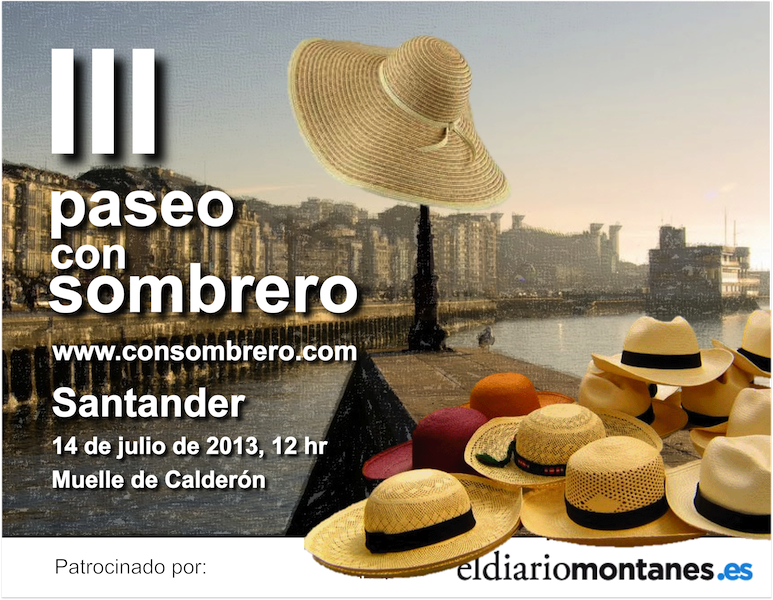
Sombrero de la Semana #3
viernes, enero 22nd, 2010 | 1.511 lecturas | 365 días consombrero, anecdotario, años 20, cepillo para fieltro, ciudades consombrero, cloche, fieltro, gros grain, historia del sombrero, Sombrero de la Semana
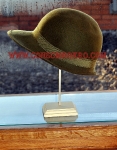 Esta semana hablaremos de un sombrero que marcó toda una época: los locos años 20´. El cloche o campana, era el sombrero de las flappers, las chicas que con su vestido corto, sus zapatos de baile y su carmín rojo representan la liberación de la mujer. Su incorporación al mercado laboral le obliga a prescindir de los grandes y fastuosos sombreros de la Belle Epoque, y entre otras cosas, cortarse el cabello a lo garçon. Fuman, bailan hasta el amanecer, se maquillan en público…
Esta semana hablaremos de un sombrero que marcó toda una época: los locos años 20´. El cloche o campana, era el sombrero de las flappers, las chicas que con su vestido corto, sus zapatos de baile y su carmín rojo representan la liberación de la mujer. Su incorporación al mercado laboral le obliga a prescindir de los grandes y fastuosos sombreros de la Belle Epoque, y entre otras cosas, cortarse el cabello a lo garçon. Fuman, bailan hasta el amanecer, se maquillan en público…
Pero más allá de esa imagen bucólica, es cierto que ese modelo de sombrero persistió en la calle hasta bien entrados los 30´, y las sombrereras, para ofrecer nuevos sombreros cada temporada, jugaban con la longitud del ala, con los adornos, el material…
Por eso, en las colecciones de sombreros antiguos encontramos una variedad enorme de cloches.
El sombrero de la semana que he elegido es uno que compré en un viaje a París allá por 1992…
He querido fotografiar algunos de los detalles en los que nos fijamos los estudiosos del sombrero para identificarlo. La calidad de este fieltro no es destacable, de grosor fino y pelo corto. En la práctica, ha sabido mantener la forma a pesar de que no siempre ha sido bien almacenado.
La cinta que lo adorna, un grosgrain de algodón, está cosida a máquina, lo que resta estilo al sombrero.
Observemos cómo está cerrada esa cinta: con una vuelta. Si nos fijamos, este típico adorno masculino puede ser un lazo, lazo zapatero, broche…
El ala, reducida y ligeramente volteada. El borde está rematado a máquina.
This week we are going to deal with a hat that denoted an era: the Roaring Twenties. The cloche or bell hat was the Flappers’ hat: girls who represented women’s liberation wearing short dresses with ballet pumps and red lipstick. Their integration into the workplace meant that they had to give up the big and splendid hats of the Belle Epoque and, among other things they had to have their hair cut like a boy (garcon cut). They smoked, danced until dawn, even put their make-up on in public.
Further beyond this bucolic image, there is no doubt that this hat design survived the streets until the 30s, and the milliner’s made alterations to the length of the brim, adornments or materials in order to offer new hat designs each season. Consequently, amongst the antique hat collection we found a great variety of cloches.
The hat of the week I have chosen is one I bought whilst on a trip to Paris in 1992. I took some photos of the details that we, the experts in this field, observe to identify it. The quality of the felt isn’t remarkable; it has short hair and fine thickness. In practice, it has maintained its form although it has not always been well stored.
The Grosgrain ribbon that adorns the hat was made of cotton and sewed by machine, which didn’t make the most of the style of the hat. If we observe closer, paying more attention to detail we can see that the grosgrain ribbon is tied, with a turn up. This typical masculine adornment could be a ribbon, a brooch or a bow. The brim of the hat has been reduced and slightly tilted. The hat rim has been sewn on by machine.
Translated by N.Díaz
Articulos relacionados
Sombreros de familia para restaurar
 Enviar esta Entrada por Correo
|
Enviar esta Entrada por Correo
|  Imprimir
Imprimir
1 comentario to Sombrero de la Semana #3
Leave a comment
III Paseo Con Sombrero
Síguenos en FACEBOOK
INFO PASEO CON SOMBRERO EN SANTANDER
Hablan del II ENCUENTRO CONSOMBRERO
CORREOS CON SOMBRERO
Para saber más
Miss Sombreros
Search
¡No pierdas tu gorro!
DATOS DE CONTACTO
En Consombrero hablamos de…
Archivo
Además de Sombreros…
Hablan de consombrero en…
Charlando de Sombreros y Tocados
Entrevista RNE 3-julio-2012
Amigos Consombrero
- Backstage RNE
- bellaMumma
- Compritas Para los Peques
- Copper Kettles and Woolen Mittens
- Cristian Fernandez Photographer
- El Mueble
- Ensombrerada
- Gratacós
- Hats make me happy
- Hatstruck
- Holamama
- I Pinco Pallino
- I Smell a Hat
- La Pequeña Costura
- La Sombrerería
- Lfg Cartonajes
- Mad Millinery
- Magnolia Antic
- Many hatty returns
- Millinery Info
- Mis gorros
- No Sin Valentina
- Nudage
- Passejada amb barret
- Presumiendo
- Shatss, gorros divertidos para fiestas
- That´s a Pretty Hat
- The Hanson Collection Vintage Hats
- The Hat Blog
- The Hat Magazine
- The Pink Carpet
- The rantings of a mad hatter wannabe
- Tienda online No Sin Valentina
- Trendslab BCN
- Trotagorros
- tusombrero.com
- Vintage & Chic
Consombrero: blog de moda
Sombrererías
- aMuse:artisanal finery
- Awon Golding Millinery
- Beaufort Bonnets
- Benoît Missolin, chapeaux
- Boinas Elósegui
- Borsalino
- Bräuer-Hüte
- Cap America
- Carol Markel
- Couture millinery
- De Porcellana Hats
- Eugenia Kim Hats
- Hat therapy
- Haute Mode Hirata
- HawkerMadrid
- J Smith Esquire
- J.J. Hat Center
- Jasmine Zorlu
- Jennifer Behr
- Katharine Maria Wallinger
- Leah C. Millinery couture
- Legeron Paris
- Leigh Magar milliner
- Lock & Co. Hatters
- Loreta Corsetti, Millinery
- LoveHats
- Mercadé sombreros
- Montecristi Hats
- Mr. Hats
- Noel Steward
- Philippe Urban, Atelier
- Piers Atkinson
- Rachel Trevor-Morgan, Millinery
- Robyn Coles Millinery
- Sombrerería Ala Ancha
- Sombrerería Albiñana
- Sombrerería Da-Me
- Sombrerería Gorostiaga
- Sombrerería Salmagundi
- Sombrerería YOQS
- Sombreros Charo Iglesias, Madrid
- Sombreros Moe
- Sombreros Signes 1968
- The Millinery Guild
- The Milliner´s Guide
- The Panama Hat Co.
- Tocados y flores Charo Agruña, Madrid
- Tolentino Haute Hats
- Yestadt Millinery
Moda, lujo, sombreros...
- Advanced Style
- Bajo el Sombrero de Philip Treacy
- Borsalino Magazine
- Ejercicios de Estilo
- Fashion at the Races
- Feathers of angels
- Hats Have It
- HatsOff
- La Reina de los Tocados
- Les Catherinettes en Fête
- Los Sombreros de la Feria
- Mensencia
- Saciados de la Moda Industrial
- TÊTE de BOIS
- The Fashion Space
- The Hats of Downton Abbey
- The Mod Hatter
- When staw calls

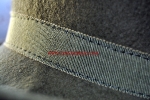

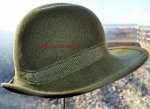
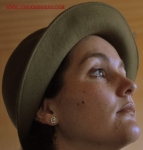
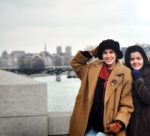

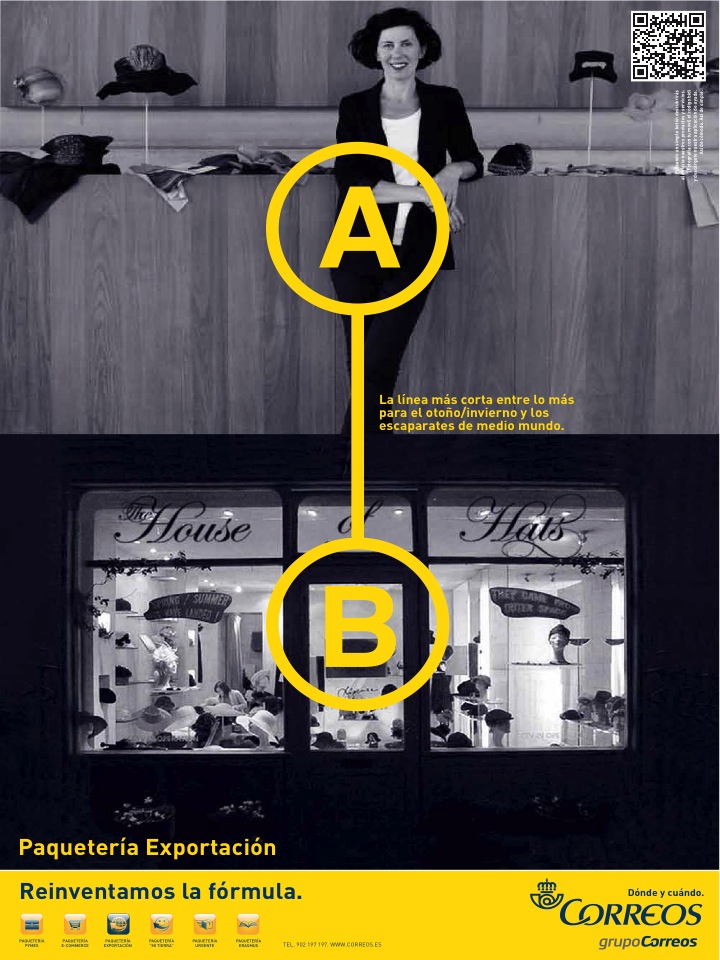
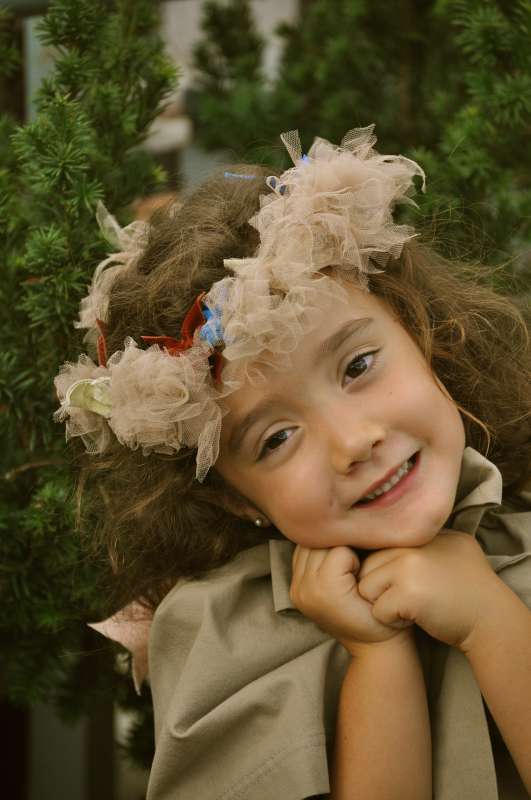
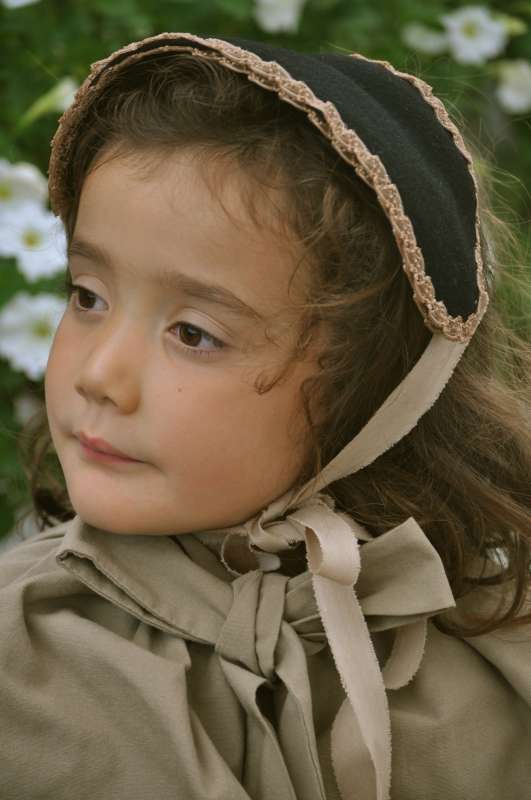
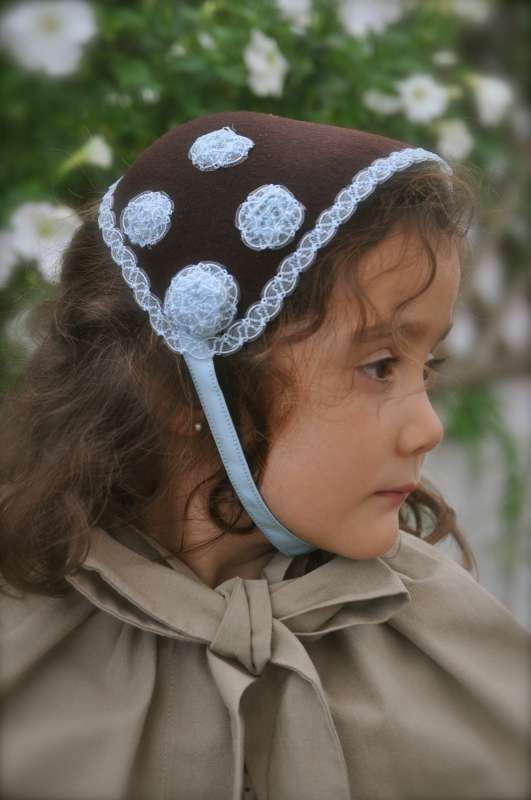

This week we are going to deal with a hat that denoted an era: the Roaring Twenties. The cloche or bell hat was the Flappers’ hat: girls who represented women’s liberation wearing short dresses with ballet pumps and red lipstick. Their integration into the workplace meant that they had to give up the big and splendid hats of the Belle Epoque and, among other things they had to have their hair cut like a boy (garcon cut). They smoked, danced until dawn, even put their make-up on in public.
Further beyond this bucolic image, there is no doubt that this hat design survived the streets until the 30s, and the milliner’s made alterations to the length of the brim, adornments or materials in order to offer new hat designs each season. Consequently, amongst the antique hat collection we found a great variety of cloches.
The hat of the week I have chosen is one I bought whilst on a trip to Paris in 1992. I took some photos of the details that we, the experts in this field, observe to identify it. The quality of the felt isn’t remarkable; it has short hair and fine thickness. In practice, it has maintained its form although it has not always been well stored.
The Grosgrain ribbon that adorns the hat was made of cotton and sewed by machine, which didn’t make the most of the style of the hat. If we observe closer, paying more attention to detail we can see that the grosgrain ribbon is tied, with a turn up. This typical masculine adornment could be a ribbon, a brooch or a bow. The brim of the hat has been reduced and slightly tilted. The hat rim has been sewn on by machine.
Translated by N.Díaz